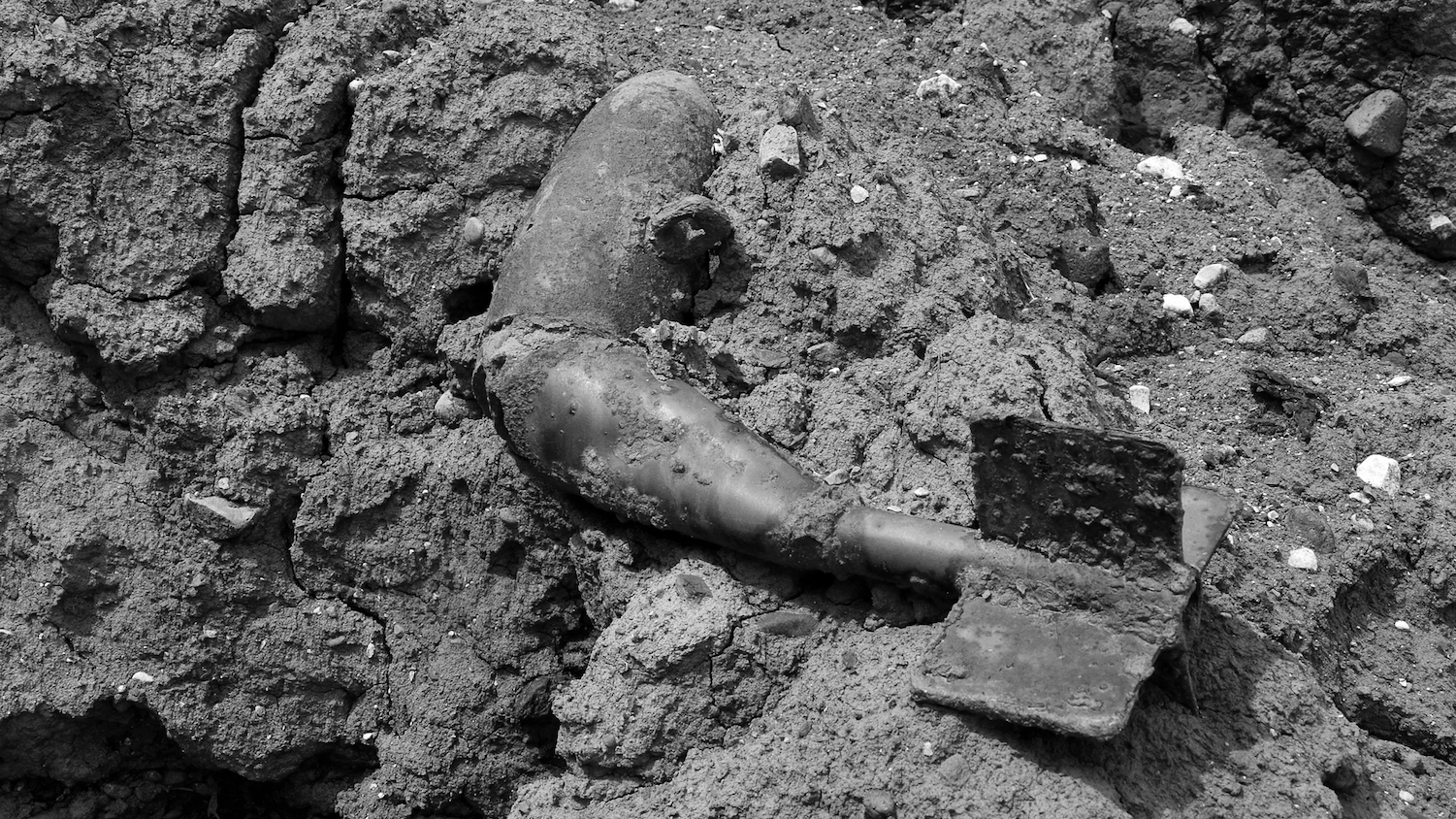
Ground-penetrating radar – GPR for short – is a well-established technique for the efficient exploration of geotechnical sites without disturbing the ground, enabling the identification of buried materials that are present in a site prior to excavation. It’s more than 100 years old, so why is this unobtrusive and sustainable technique often overlooked?
If it’s a lack of awareness or reluctance to adopt a different technique, then John Rodgman, MD of geotechnical drilling firm Borehole Solutions, is ready to clear the fog of confusion.
What is GPR and how does it work in mapping dig sites?
GPR operation revolves around two main components: the transmitter – used to unobtrusively penetrate the ground – and the receiver, which picks up any microwaves that return from the earth.
Upon entering the soil, the pulse of high-frequency microwaves travels downwards until it either comes into contact with a foreign material or dissipates after travelling too deep. If the electromagnetic waves come into contact with buried material, they are reflected back towards the surface, where the GPR’s receiving antenna picks up on the density, depth, measurements, and location of the object, enabling it to construct a detailed image.
This lack of intrusiveness proves to be especially beneficial for conducting work within densely populated or frequently travelled areas. By employing other traditional methods, any work that needs to be carried out on a major road will have significant repercussions on the public and surrounding areas. This is where GPR’s non-intrusiveness truly excels, minimising downtime by being able to detect utilities without disruption or delay.
What can GPR identify?
As GPR is used to detect any slight change in the subsurface environment, there are very few foreign materials that it is unable to identify. Some of the most common materials that GPR is used to detect include metals, plastics and concrete, but this can also extend to more complex compositions, such as underground utility lines, geological structures, air pockets, voids and bedrock.
“The lack of intrusiveness proves to be especially beneficial for conducting work within densely populated or frequently travelled areas.”
However, GPR’s ability to identify these materials accurately depends on a variety of conditions.
How accurate is GPR in detecting materials?
While the process of GPR in itself is incredibly accurate, there are many external factors that could interrupt the process. Selecting the optimal wavelength, for example, is crucial to obtaining meaningful results.
In general, the higher the frequency, the better quality the image that is developed, but the quicker the microwaves dissipate. While frequencies towards the upper echelon of the microwave band of the electromagnetic spectrum can only penetrate a few metres, those towards the lower end of the band can reach around 30m in depth.
Furthermore, the composition of the material itself can result in the radar being able to penetrate at different depths. While concrete itself can be penetrated easily, rebarred concrete can significantly reduce the penetrative depth of the GPR radar. Therefore, depending on the specific location of the site, using the correct frequency is essential in identifying all of the foreign materials present.
What key questions should you ask of a GPR specialist before engaging them?
GPR is generally carried out in two scenarios: as part of a PAS 128 survey, or not. So, the question I’d ask would be to explain a PAS 128 survey to me. Their understanding of a PAS 128 survey would be a good guide as to how good they are.
Are there any scenarios that limit the use of GPR?
GPR works on the basis that different subterranean features have different densities, and therefore send back the radar signal at different response speeds. So, anything that disrupts that process can be a potential problem, which means that dense near-surface material will reduce the depth the radar can penetrate.
A classic scenario would be that while GPR can penetrate concrete, if that concrete is full of rebar, the signal won’t penetrate as well or that deeply.
What’s the strangest or most alarming obstacle you’ve ever found via GPR?
Our team found an old abandoned and sealed up World War II air raid shelter behind some shops in Croydon. No one knew it was there, and obviously it wasn’t on any plans of the area, but it did explain this reasonably sized grass mound, all neatly planted out, with kerbing. Not so surprisingly, the client in question decided not to develop that particular site.
Don’t miss out on BIM and digital construction news: sign up to receive the BIMplus newsletter.














